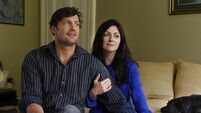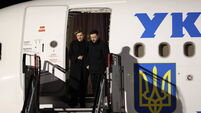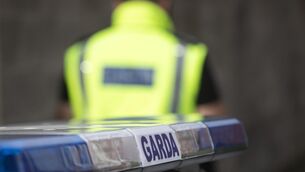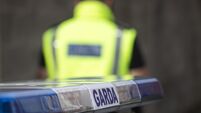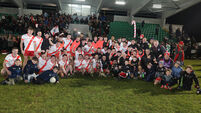Aer Lingus hijacker complained about his treatment to taoiseach
According to recently released state papers from 1981, shortly before the aircraft was due to land in London, Laurence J Downey emerged from the toilet having doused his clothes. He said it was with petrol and threatened to immolate himself if the pilot did not fly the plane to Teheran. There were 108 passengers and crew on board.
The pilot flew to Le Touquet near Paris, where a seven-hour stand off ensued. Transport minister Albert Reynolds flew out to Paris to coordinate with the French authorities.







